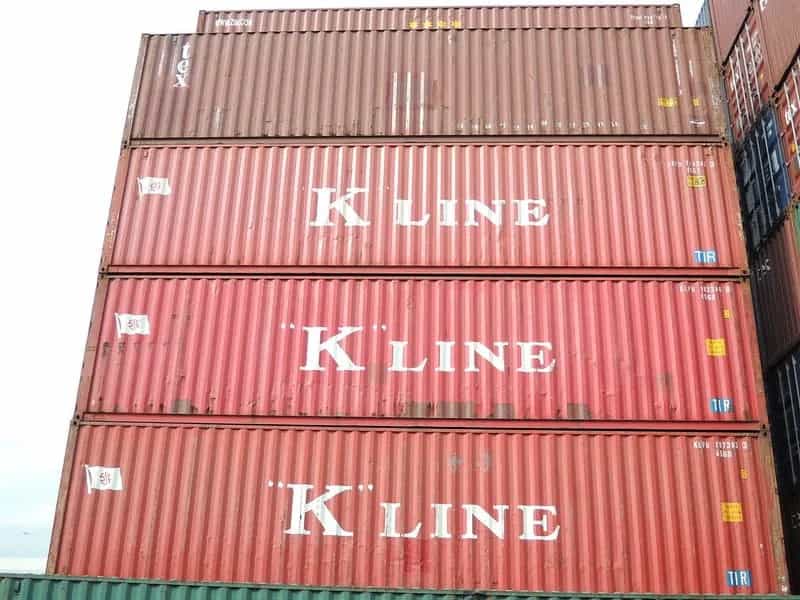Shipping containers are the best way to ship freight across the globe. The invention of shipping containers started a significant move forward for the shipping sector. These steel boxes allowed the transportation of goods to reach heights never seen before.
Nowadays, there are many ways that we can use and facilitate shipping containers. From transporting goods to housing, shipping containers have affected our lives. There were some critical steps to be taken right after shipping containers were invented, and the most important was containerization.
So you might be wondering what containerization is. In today’s article, we will talk about containerization and how it revolutionized the shipping industry.

What Is Meant by Containerization?
Basically, containerization is the way of using standardized shipping containers to transport goods from one place to another. Containerization is also known as container stuffing or container loading—this way, the shipping containers can be used in intermodal transport.
So whether a container is being transported by a truck, railroad car, or shipped overseas by a container ship, the standard sizes make transporting and handling these containers faster and easier.
Why Is Containerized Shipping Important?
Before containerization, ports and warehouses spent a lot of time packing, unpacking, sorting, and transferring goods. This required a lot of unskilled or semi-skilled labor. The advantages of containerization are many, but the most crucial advantage is the cost savings that containerization offers. It allows for more efficient loading and unloading of cargo. It cuts down on the workers needed and reduces transit times.
So it can be easily said that both shippers and carriers benefit from containerization. The strong and durable container construction protects your goods from damage and environmental factors. It also has environmental benefits, and containerization reduces fuel consumption and emissions! Containers are also tracked using unique codes so supply chain managers can know where the specific cargo is in any part of the supply chain. As we have mentioned earlier, containerization facilitates intermodal transportation.
This is possibly the most important advantage of containerization. Intermodalizm allows the movement of goods from one mode to another without unloading and reloading.
History of Containerization
Ever since humankind began navigating the seas, he was motivated by the desire to trade goods in exchange for different commodities. Before shipping containers, these goods were carried in sacks, crates, or barrels. They were loaded individually onto the ships and were quite laborious and time-consuming.
This method was called breakbulk cargo, which resulted in lengthy cargo manifests and extra work for port officials and workers—in 1955, Malcolm P McLean pioneered the invention of the modern intermodal container along with mechanical engineer Keith Walton Tantlinger. In April 1956, SS Ideal X carried the first shipping containers.
This successful voyage started a new era for the shipping industry. It was in 1968 that these shipping containers were ISO standardized for the first time. International standardization allowed many countries to open new ports, which made shipping easier. Today container shipping is the most efficient way to transport trade goods across the globe.
Conclusion
We can easily say that the shipping container is today’s backbone of global trade. They have radically shaped our lives in the modern world. With containerization and intermodalism, global trade and supply chains became prosperous. The modern day-to-day lives of millions of people around the world are affected.
Containerization enhanced the efficiency and effectiveness of supply chain operations for shipping containers, resulting in numerous benefits in cost savings, efficiency, and environmental sustainability. As you can see, the importance of containerization can’t be stressed enough. It can easily be said that long distances have become shorter in cargo shipping, directly affecting globalization.









